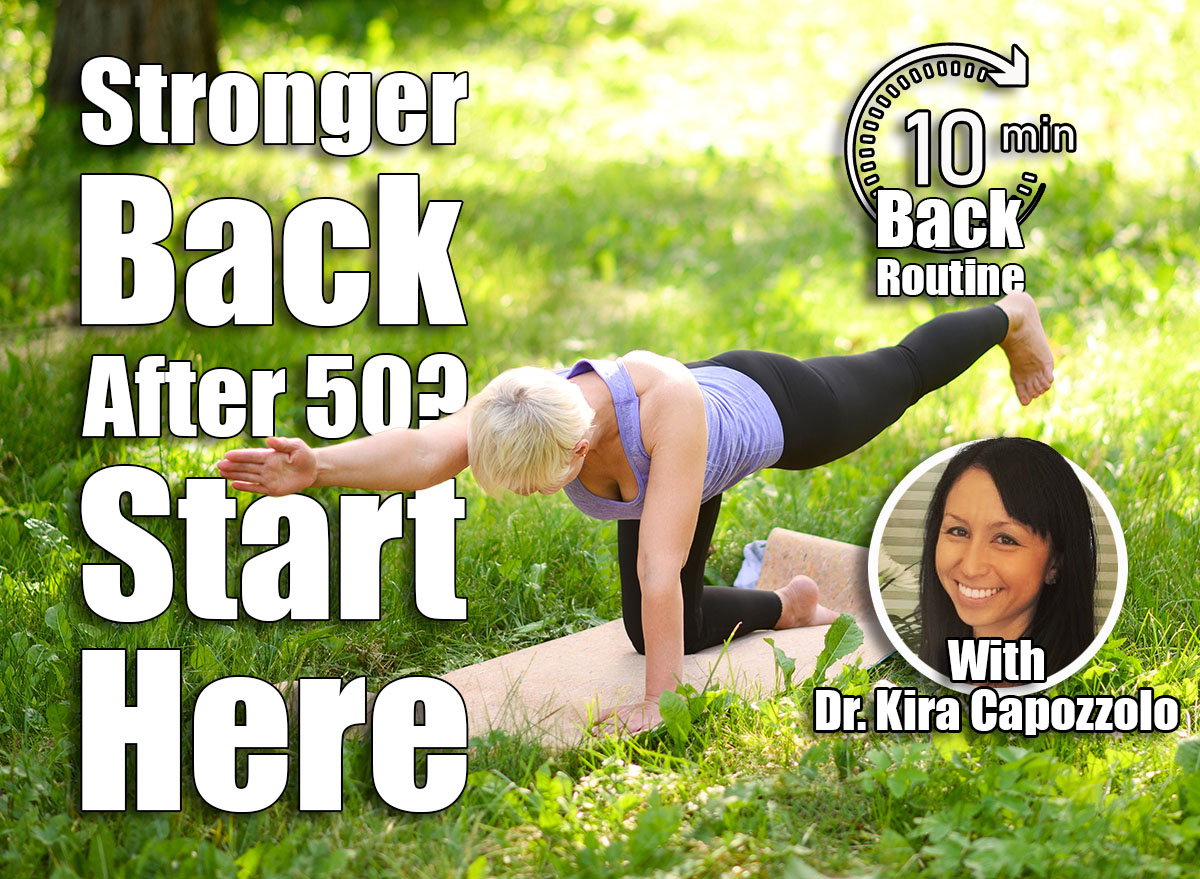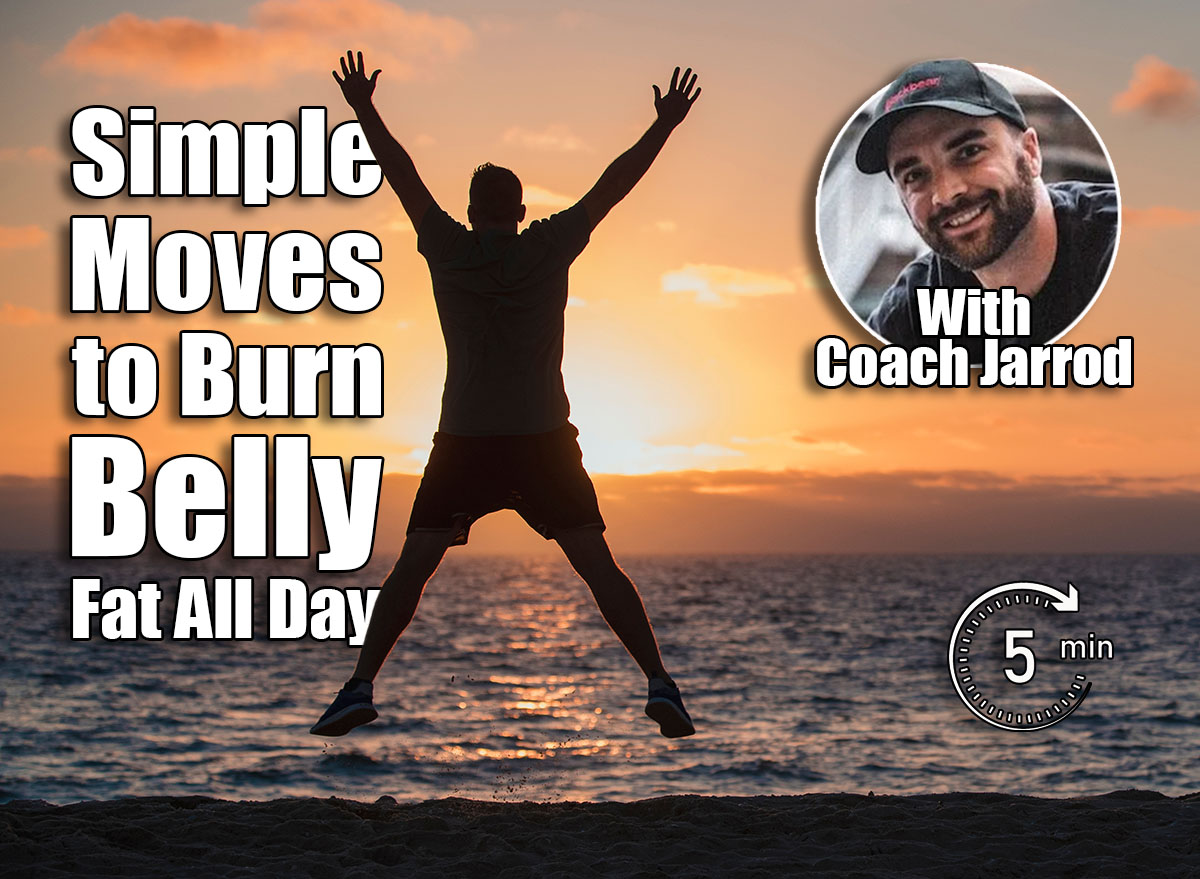As you age, muscle mass naturally declines—especially the type-2, fast-twitch fibers responsible for seamless movement and quick reaction when under pressure, says Luke Jones, certified personal trainer at HERO Movement. The loss of muscle can creep up on you, negatively impacting the ability to catch yourself during a fall or quickly switch directions. The good news is that Luke created a speedy strength test for anyone over 40 to help determine if your muscles are still top-tier.
“Training and testing our explosiveness can help us stay sharp, responsive, and ready—not just in the gym, but in the trials of everyday life,” Luke says.
A Fast-Paced Strength Test To Assess Muscle Power After 40


“The standing broad jump is a solid go-to for testing lower-body power—no kit required,” Luke explains. “The broad jump [shows] how quickly we can create force and control the body through space. It’s an expression of coordination, balance, and how well the nervous system and muscles work together. These are the qualities that help us move confidently, remain upright if we stumble, or lift something quickly without strain. In short: functional strength, at real-world speeds.”
Here’s how to do it after completing a solid warm-up:


- Stand tall with your feet hip-distance apart and toes behind a line.
- Swing both arms back and slightly bend your knees and hips.
- Explode forward into a jump, keeping your landing soft and stable.
- Practice a few times, then on your best jump, measure the distance between the take-off line and where the back of your back heel landed.
RELATED: If You Can Finish This 6-Minute Workout, You’re in Great Shape
Luke tends to avoid giving benchmarks, as they’re not always “well established” and can result in unnecessary comparison. They can also vary greatly depending on personal experience. That said, Top End Sports provides a rough overview of assessing your scoring.
- Excellent = greater than 8′ 2.5″ for males; greater than 6′ 6.5′ for females
- Very good = 7′ 11″ — 8′ 2.5″ for males; 6′ 3″ — 6′ 6.5′ for females
- Above average = 7′ 7″ — 7′ 10.5″ for males; 5′ 11.5″ — 6′ 2.5″ for females
- Average = 7′ 3″ — 7′ 6.5″ for males; 5′ 7.5″ — 5′ 11″ for females
- Below average = 6′ 11″ — 7′ 2.5″ for males; 5′ 3.5″ — 5′ 7″ for females
“What’s more important is noticing your own progress,” Luke stresses. “If you can improve or maintain your jump distance over time, through a combination of strength training and other power work, you’re doing something right! Practicing the broad jump itself will lead to improvements, but compound exercises like kettlebell swings, split squats, cleans, snatches and sprints can also have massive carryover.”















Leave a Reply